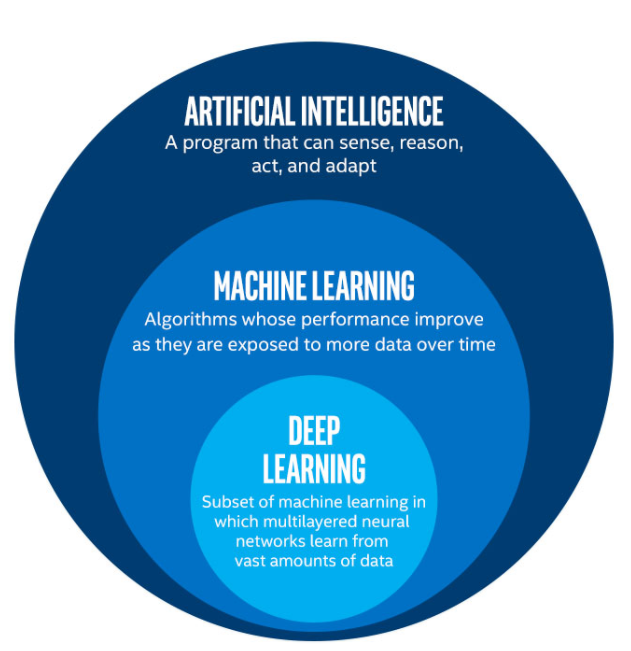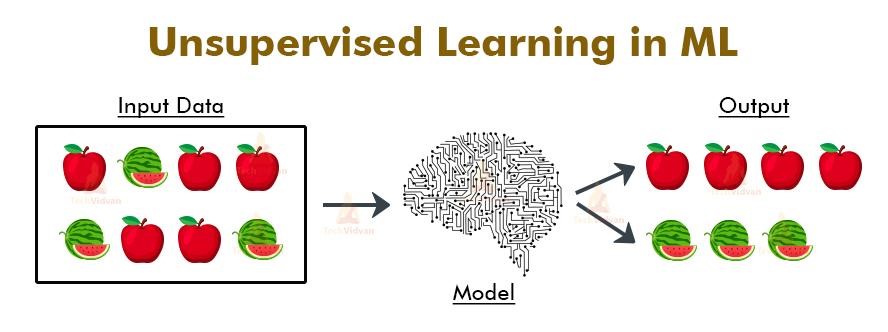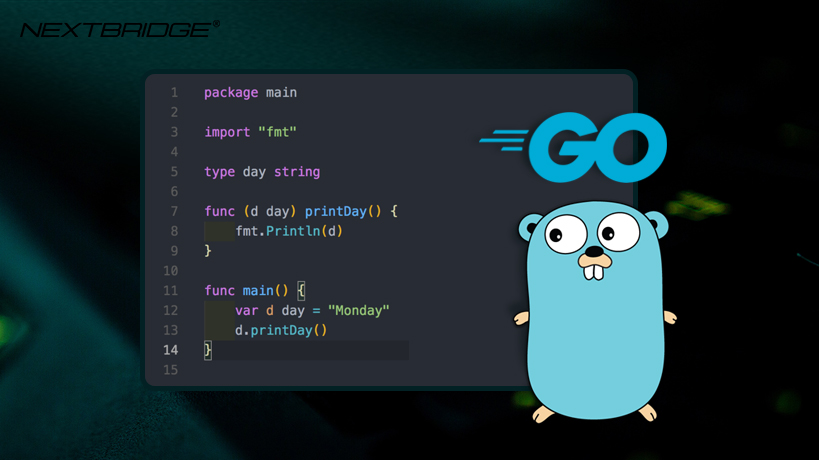Supervised and Unsupervised learning: What’s the Difference?
We, humans, learn from our past experiences because our history makes us better learners. But machines don’t learn this way. They learn from instructions that are given by humans. How? I would like to describe this with an example.
Anna wants to buy a house but she’s on a tight budget. So, she tries to calculate how much she needs to save each month to buy the house of her dreams. She goes over masses of house ads on the web and learns that a brand new house is around $400,000 and a used one is about $325,200.
While searching through dozens of ads on the internet, she starts finding a pattern. Let’s say the prices depend on how old the house is, and drop $50,000 each year, but won’t get lower than $200,000. This is called regression in machine learning.
She found a value in price based on how old the data is. The thing is this. The houses have different construction dates, certain structures, sizes, and god knows what other factors are there that are unknown to us. An average person can’t remember all this data in his head while calculating the price. This is where machine learning comes in handy.
As we are discussing supervised and unsupervised learning; let’s learn the difference between supervised and unsupervised machine learning.

Supervised Learning
In supervised and unsupervised learning, what do you understand from the word supervised here? In the English dictionary, it means to observe and direct the work of someone. As the meaning indicat, you train or teach the machine using data that is well labeled. So, it’s you who supervises it!
For example, you have a basket loaded with multiple chocolate brands. The first step is to train the machine to know about all those brands one by one. Let’s say there are Hershey’s kisses, Maltesers, Bounty, and Dairy Milk. You tell the machine that:
- If the shape of the object is in a conical shape and has silver foil paper on it, then it will be called Hershey’s kisses
- If the shape of the object is oval-shaped and brown, then it will be called Maltesers
And similarly, you give a brief description of other chocolates so that the machine very well recognizes them. This is how machines learn while you supervise their performance.

Positives and Negatives of Supervised Learning
| Positives | Negatives |
| The most common type of ML | It cannot handle very complex problems. |
| Easy to learn | It cannot create labels on its own. |
| To learn ML, take a start from SL | If you enter mango data in a collection of melons and oranges, it might classify the mango into one of these classes, which is not right. |
| You collect data and produce an output from it. | It requires high-computation power. |
| Can solve numerous real-world computational problems. | |
| The machine model learns from previous experiences and gets more intelligent with time. |
Unsupervised Learning
In supervised and unsupervised learning , what is meant by unsupervised learning?
Just as the name suggests, you don’t tell the machine anything to do. It just acts on its own!
You train the machine using the info that is neither classified nor labeled. So, the machine algorithm analyzes that information without any instruction given. The machine must group unsorted info according to patterns, similarities, and differences if any without any prior training.
It is called unsupervised because no superior is allotted to teach the machine. Suppose you have given the machine a picture that has both parrots and chickens that it has never seen before. Hence, the machine cannot classify it as parrots and chickens. But, it can categorize them according to certain similarities i.e. maybe by their colors, sizes.

Advantages and Disadvantages of Supervised Learning
| Advantages | Disadvantages |
| Involves a lot of manual work | Computational Complexity |
| The labels can be added after the data has been classified | Takes a long to learn |
| Very helpful in finding complex patterns | Higher risk of incorrect results |
| An awesome tool for data scientists | Lack of transparency |
In a Nutshell
Supervised and unsupervised learning are two Machine Learning approaches that are used to analyze clusters of data. Robotic and ML experts at Nextbridge use such algorithms to handle complex projects for their clients. You can have a chat with them to know about supervised and unsupervised learning methods and approaches.



